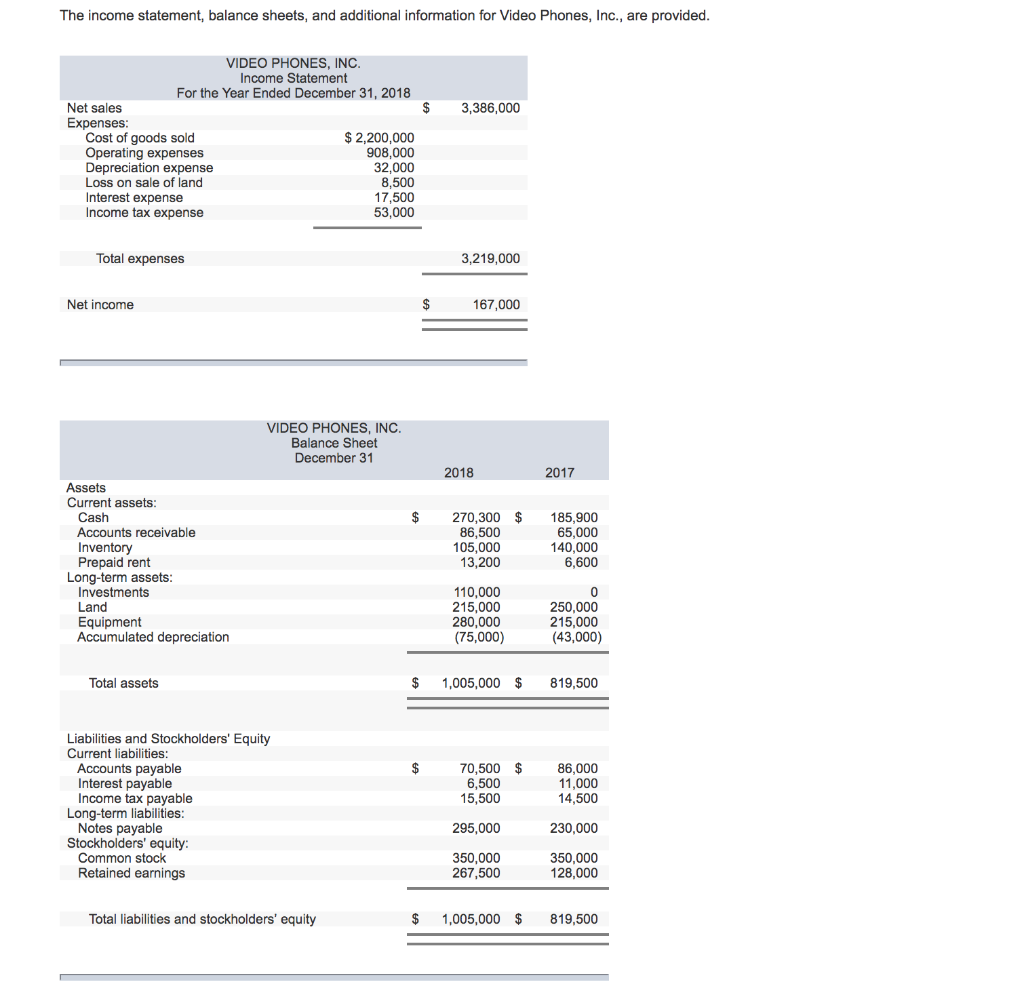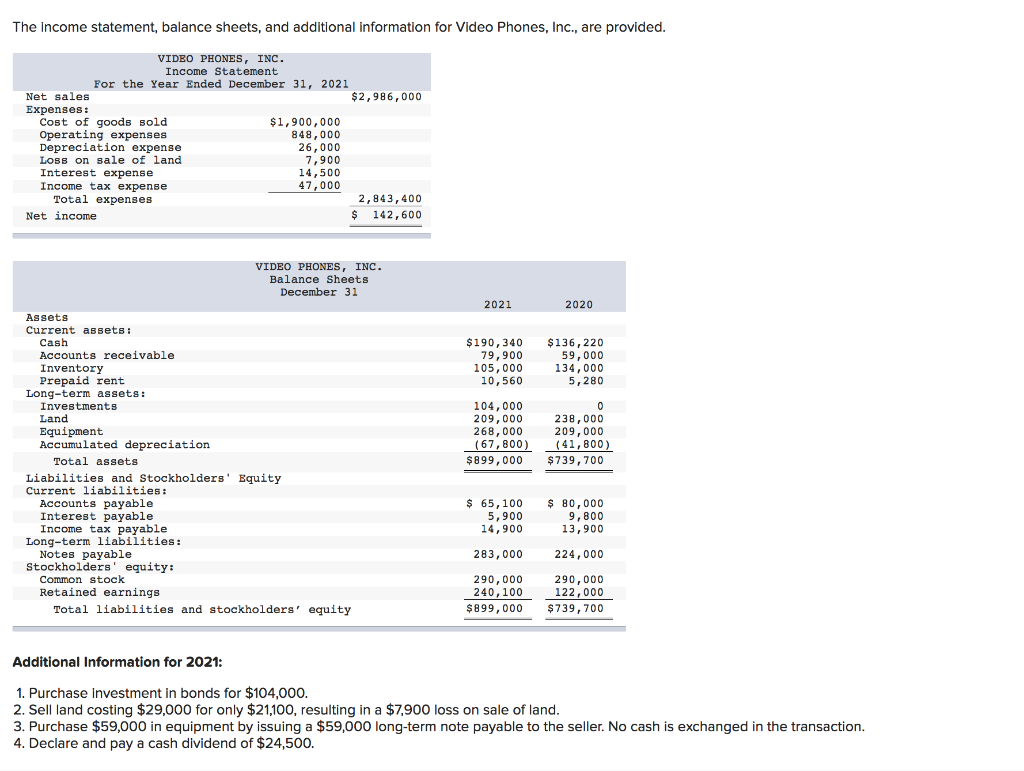
For instance, an overvaluation can lead to an inflated asset base, potentially misleading stakeholders about the company’s true financial position. When a company issues new stock for cash, assets increase with a debit, and equity accounts increase with a credit. To illustrate, assume that La Cantina issues 8,000 shares of common stock to investors on January 1 for cash, with the investors paying cash of $21.50 per share. The balance sheet is also significantly impacted by non-cash transactions.
Financial Accounting
The common stock is going to get the par value, APIC is going to get everything extra. Even though the difference—the selling price less the cost—looks like a gain, it is treated as additional capital because gains and losses only result from the disposition of economic resources (assets). Assume that on August 1, La Cantina sells another 100 shares of its treasury stock, but this time the selling price is $28 per share. The Cash Account is increased by the selling price, $28 per share times the number of shares resold, 100, for a total debit to Cash of $2,800.
- In this article, we cover how to account for the issuance of common stock.
- Stock is an ownership share in an entity, representing a claim against its assets and profits.
- This is because the regulators want to protect the creditors of the company who issues the common stock.
- A portion of the equity section of the balance sheet just after the two stock issuances by La Cantina will reflect the Common Stock account stock issuances as shown in Figure 14.4.
How confident are you in your long term financial plan?
Any impairment losses must be recorded, impacting the income statement and potentially signaling to investors that the acquisition has not met its expected performance. Thus, non-cash transactions in M&A require ongoing scrutiny to ensure accurate financial reporting and effective integration. The company plans to issue most of the shares in exchange for cash, and other shares in exchange for kitchen equipment provided to the corporation by one of the new investors. Two common accounts in the equity section of the balance sheet are used when issuing stock—Common Stock and Additional Paid-in Capital from Common Stock. Common Stock consists of the par value of all shares of common stock issued. Additional paid-in capital from common stock consists of the excess of the proceeds received from the issuance of the stock over the stock’s par value.
Non-Cash Transactions in Mergers and Acquisitions
The income statement is also affected, particularly through depreciation or amortization of acquired noncash assets. These noncash expenses can influence net income, affecting earnings per share and other profitability metrics. Such changes can alter investor sentiment and affect stock prices. Moreover, fluctuations in asset valuations can lead to impairment charges, which directly impact operating income.
It can be a strategic maneuver to prevent another company from acquiring a majority interest or preventing a hostile takeover. A purchase can also create demand for the stock, which in turn raises the market price of the stock. Sometimes companies buy back shares to be used for employee stock options or profit-sharing plans. Just after the issuance of both investments, the stockholders’ equity account, Common Stock, reflects the total par value of the issued stock; in this case, $3,000 + $12,000, or a total of $15,000. The amounts received in excess of the par value are accumulated in the Additional Paid-in Capital from Common Stock account in the amount of $5,000 + $160,000, or $165,000. A portion of the equity section of the balance sheet just after the two stock issuances by La Cantina will reflect the Common Stock account stock issuances as shown in Figure 14.4.
In some jurisdictions, non-cash transactions may trigger tax obligations, making tax planning and management crucial. Click here to extend your session to continue reading our licensed content, if not, you will be automatically logged off. The contributed capital in excess of par value of $100,000 is added and presented in the equity section of Balance Sheet.

When a company has more than one class of stock, it usually keeps a separate additional paid-in capital account for each class. Assume Duratech’s net income for the first year was $3,100,000, and that the company has 12,500 shares of common stock issued. During May, the company’s board of directors authorizes the repurchase of 800 shares of the company’s own common stock as treasury stock. Each share of the company’s common stock is selling for $25 on the open market on May 1, the date that Duratech purchases the stock. Duratech will pay the market price of the stock at $25 per share times the 800 shares it purchased, for a total cost of $20,000.
The common stock, sometimes, is issued for non-cash assets; for example in exchange for land or building, or sometimes in exchange for not paying organization expenses to the promoters. Such non-cash assets are then recorded at the market values as of the date of transactions. In some cases, the common stock can also be issued a no-par value at an assigned stated value. In this case, the stated value becomes the legal capital while the amount received in excess of the stated value is treated as contributed capital in excess of the stated value of the common stock. This contributed capital in excess of stated value is recorded and presented separately in the equity section of the balance sheet. The no-par value stock refers to the common stock that has no par value.
As both assets do not have fair value, there is no commercial substance related to the transaction. Company ABC owns a vehicle that has a book value of $ 45,000, Costs $ 100,000, and accumulated depreciation of $ 55,000. As the how much will property taxes go up for adding a bedroom company rarely uses the vehicle and staff take good care, its market value is $ 60,000 base on external appraisal. We do not know exactly how much the value of this machinery, but the owner claims that its value is $ 70,000.


